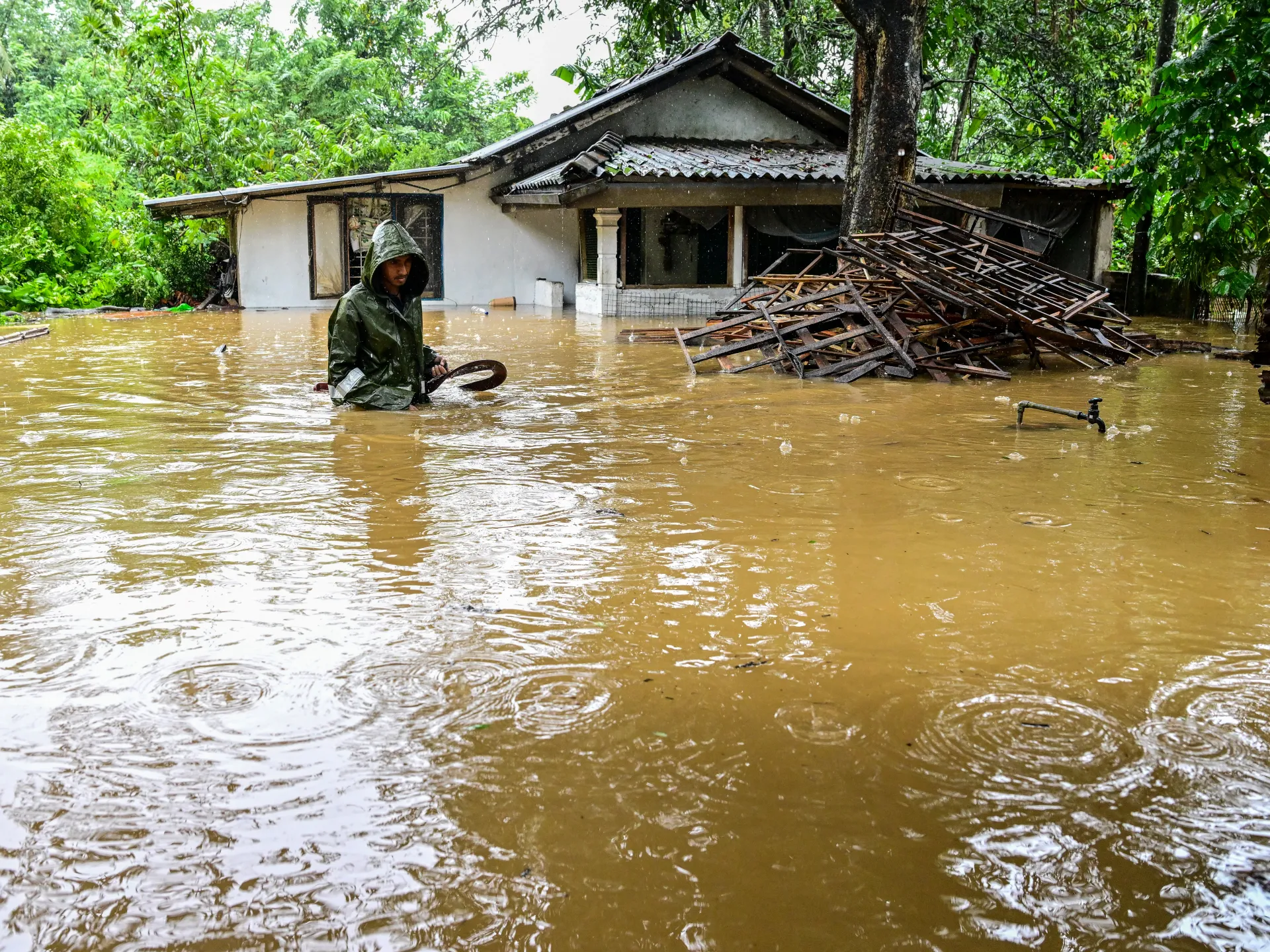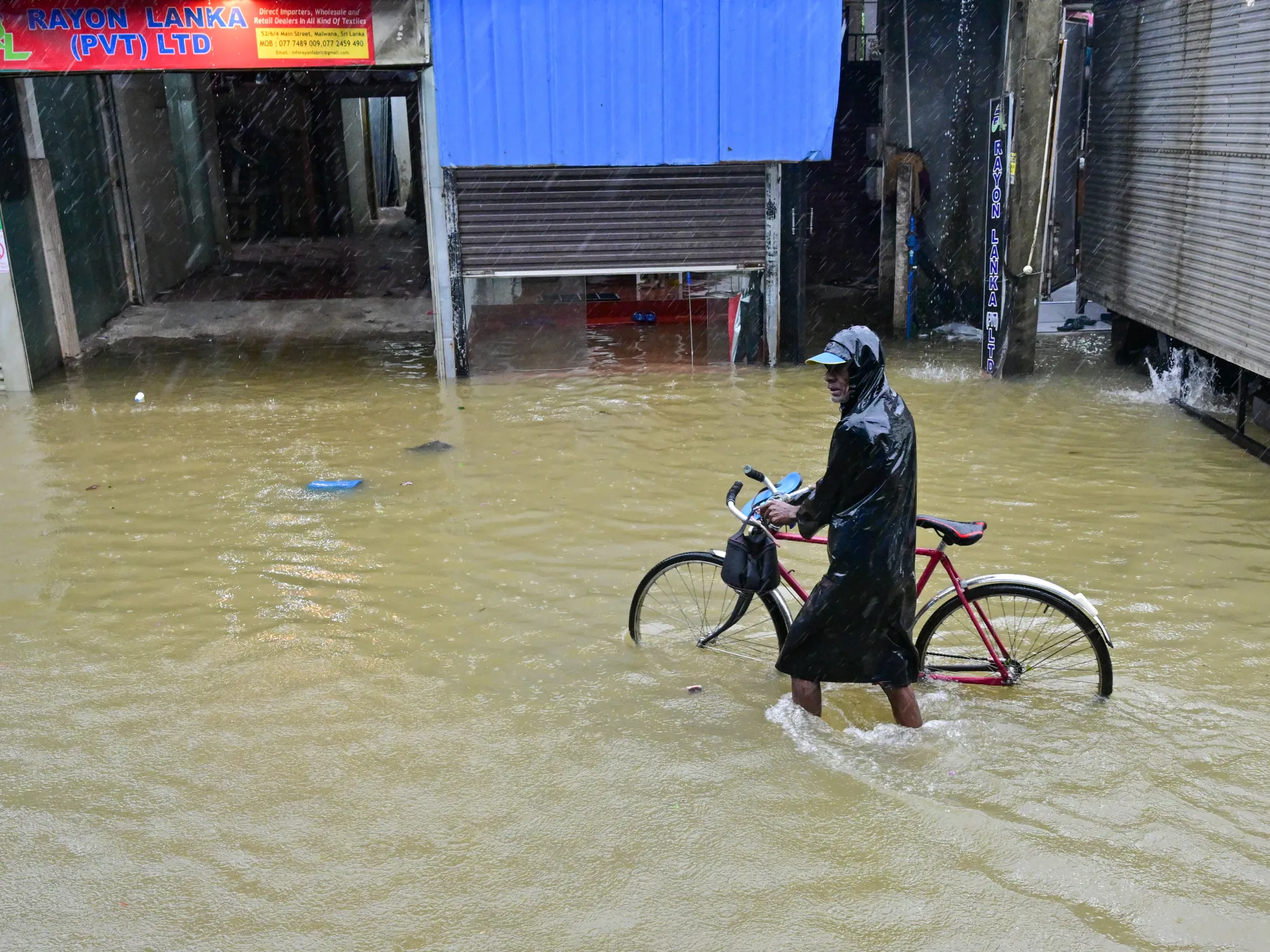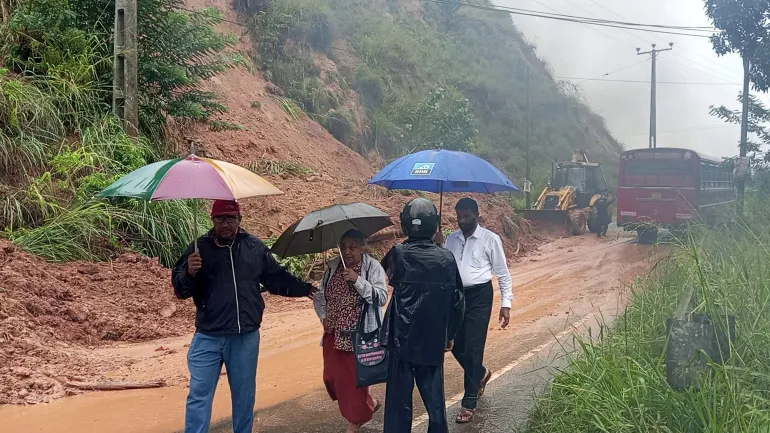Writing on Reddit, one poster lifted the lid on a tropical island they found while travelling. The photographs showed beautiful sandy beaches lined with palm trees, with crystal-clear seas, and barely another soul in sight
Sometimes the only solution to the stresses of everyday life is to jet off to a tropical island. But finding the perfect unspoiled paradise can be a trick, with ever-increasing tourism levels meaning many places can be overcrowded, or have lost some of their local charm.
Writing on Reddit, one poster lifted the lid on a tiny hidden island they had discovered while travelling in South Asia. The photographs showed beautiful sandy beaches lined with palm trees, with crystal-clear seas, and barely another soul in sight.
The Reddit user wrote: “My girlfriend and I were in the area (Sri Lanka) and decided to extend our trip with a new country, so flew to Malé and took a local ferry to an island two atolls away.” They continued: “(We) arrived in a little unspoilt paradise called Dhigurah, which only opened up to non-Muslim foreigners recently (at the time, 2023).”
Dhigurah is an island in the Alifu Dhaalu Atoll, a series of 49 islands in the Maldives. It is 3km long, making it one of the longest islands in the Maldives, and at points just 250 metres wide, according to maldives-magazine.com.
The waters surrounding the island are teeming with docile whale sharks, the website says, as well as stingrays and other marine wildlife. Whale sharks only eat plankton and tiny fish, and pose no danger to humans.
Continuing, the Reddit user said: “We spent our time snorkelling (the water, especially the closer to the shore, is literally teeming with sea life), swimming with whale sharks and stingrays and drinking freshly cut coconut juice on the beach.
“Seems like the local population were clearing the rainforest (which covered 90 per cent of the island at the time of our visit, 2023) at an alarming rate to make room for new hotels, some of which apparently already have appeared on Booking.com.”
Reddit users were amazed by the pictures. One wrote: “Man I wish I could be there now. Looks amazing.”
Another said: “Oh man I’m heading to Sri Lanka in about a month and was considering hopping over. I even booked a ‘just in case hotel on this exact island but cancelled and thought I shouldn’t rush Sri Lanka. Now I’m second guessing!!”
The original poster replied: “It’s indeed best to not rush Sri Lanka, it deserves your full time and attention!
“We were in Sri Lanka for 23 days and five days in the Maldives, so only three full days on this particular island, since the transport to/from the capital city and its only international airport took almost a full day on the local ferry – if you still decide to go opt for the speedboat option!
“The local ferry involves a transfer or two at other local islands and is bound to make you seasick, and takes three times as long as the speedboat.”
The island also has rave reviews on Booking.com, with one visitor writing: “The most beautiful sea I have ever seen in my entire life.”
However, asked if they would return, the Reddit user wrote: “The locals are clearing the islands’ palm tree forest at an alarming rate, already at the time of our visit (see picture 13 for a glimpse into that). So maybe it’s best to not spoil our fond memories of Dhigurah by being confronted with a vastly changed island.”








